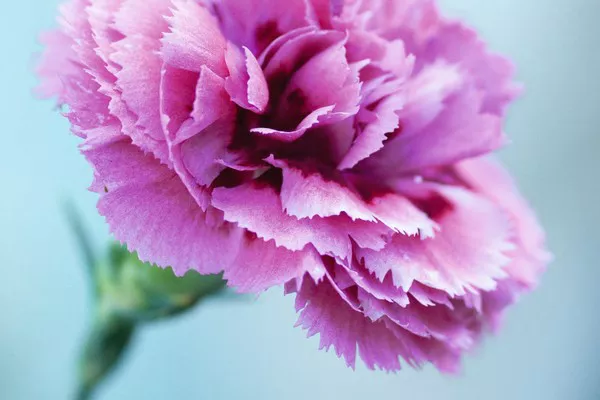A recent study suggests that flowers are rapidly adjusting their reproductive strategies in response to the dwindling populations of pollinators, driven by factors such as toxic pesticides and habitat loss. As bees and other pollinators face a decline, certain flowers are evolving to rely more on self-fertilization, ensuring their own seed production.
The research, led by Pierre-Olivier Cheptou, an evolutionary ecologist at the University of Montpellier in France, focused on the field pansy—a common weedy plant found across Europe. Traditionally reliant on bumblebees for sexual reproduction, these flowers have increasingly turned to self-fertilization, a process known as selfing, which eliminates the need for pollinators.
The study tracked changes in field pansies over the past two decades, comparing old seeds collected in the 1990s and early 2000s with new ones from different regions in France. The researchers observed a remarkable 27% increase in selfing since the 1990s, demonstrating the speed of this evolutionary shift.
While selfing is a more convenient method for plants, as it eliminates dependence on external pollinators, it limits the genetic diversity achieved through sexual reproduction. This diversity allows plants to adapt to various challenges like diseases and droughts.
The research also revealed that the new field pansies had smaller flowers with 20% less nectar, making them less attractive to bumblebees. This change in floral characteristics is speculated to be a response to the decline in bumblebee populations, as investing energy in attracting pollinators becomes less rewarding.
The study raises concerns about a potential downward spiral for both plants and pollinators. Reduced nectar production by flowers could lead to hunger among pollinating insects, further diminishing their populations. This, in turn, may make sexual reproduction less advantageous for plants, exacerbating the issue.
Dr. Cheptou warns that, in the long term, the genetic limitations imposed by increased selfing could put plants at risk of extinction, as they may struggle to adapt to changing environments.
The study’s findings highlight the complex interplay between plants and pollinators, with potential consequences for biodiversity and ecosystem health. As flowers evolve in response to environmental challenges, researchers urge continued monitoring and conservation efforts to mitigate potential negative impacts on both flora and fauna.


